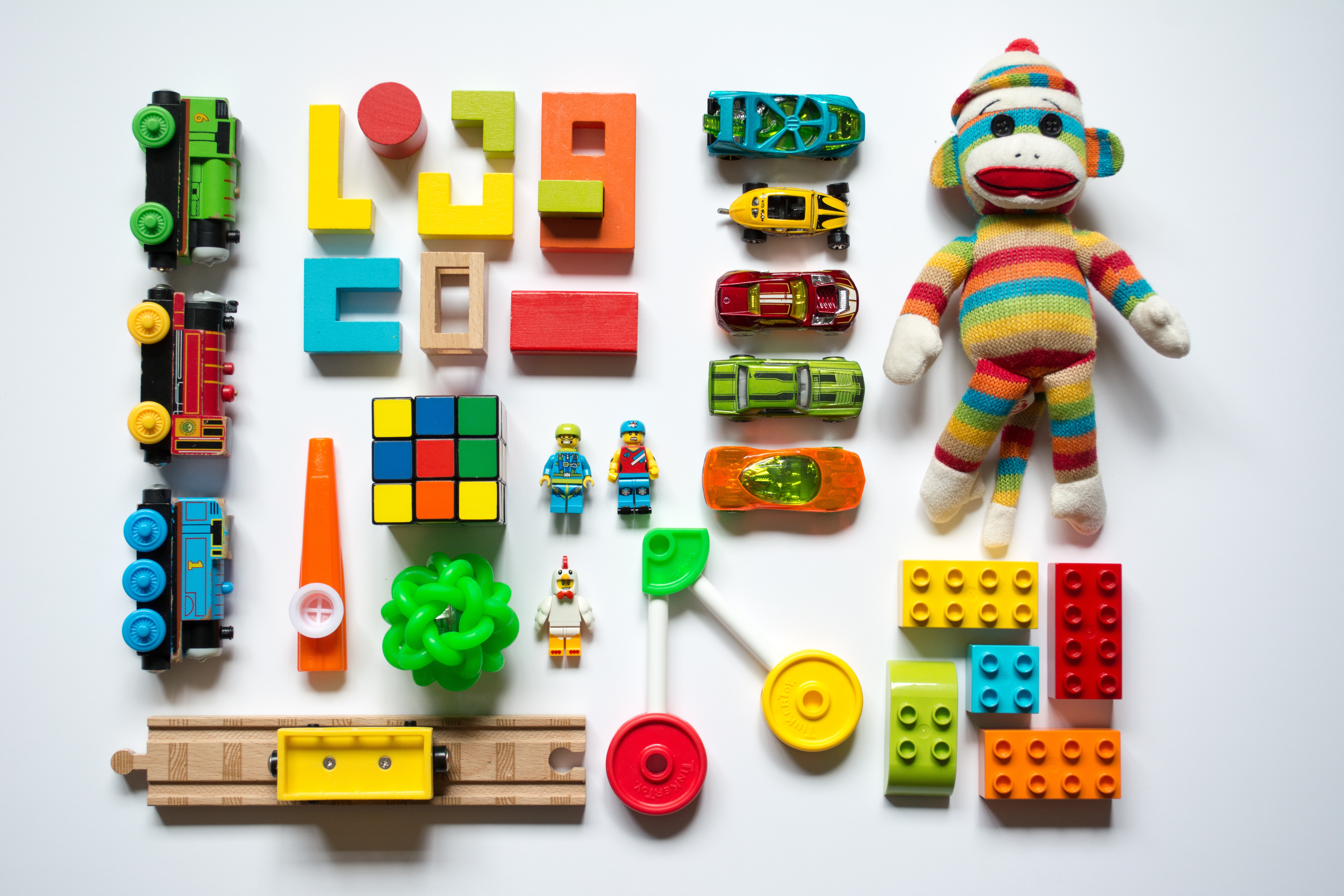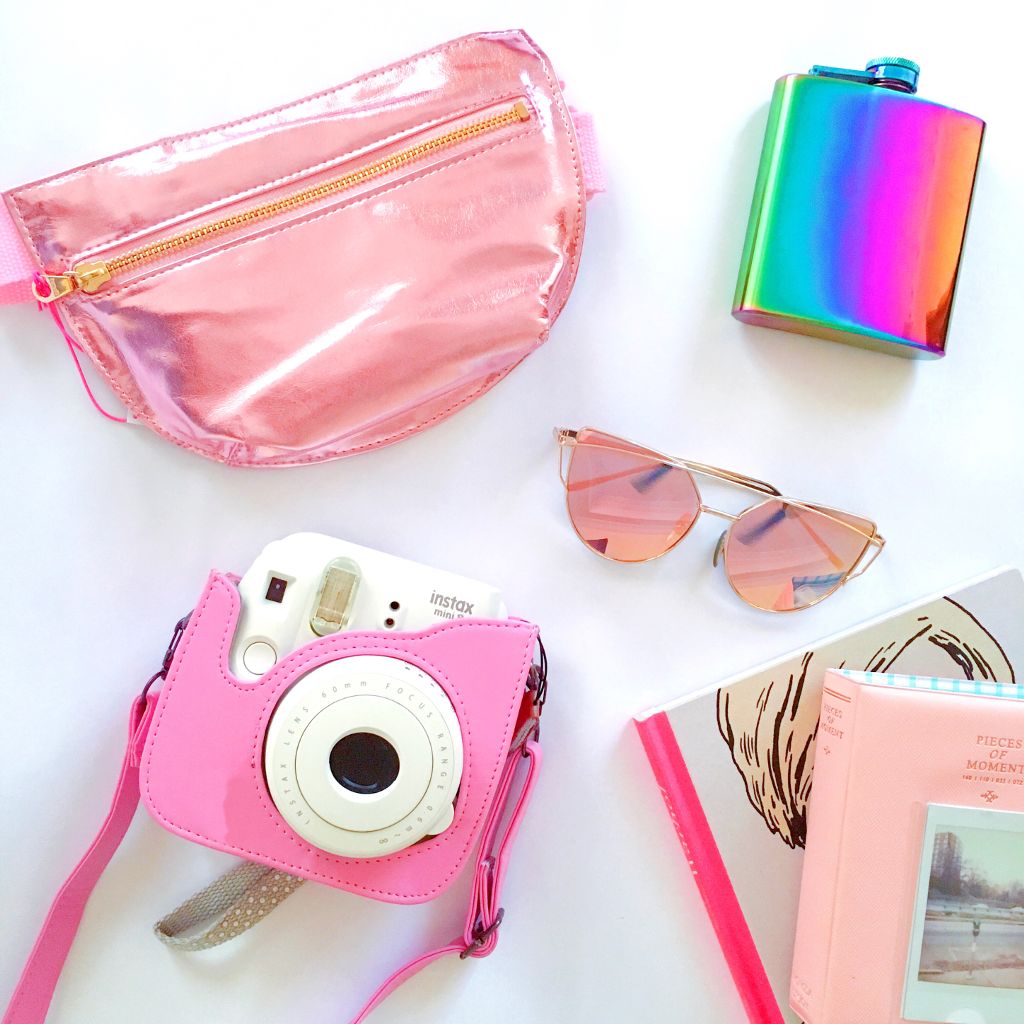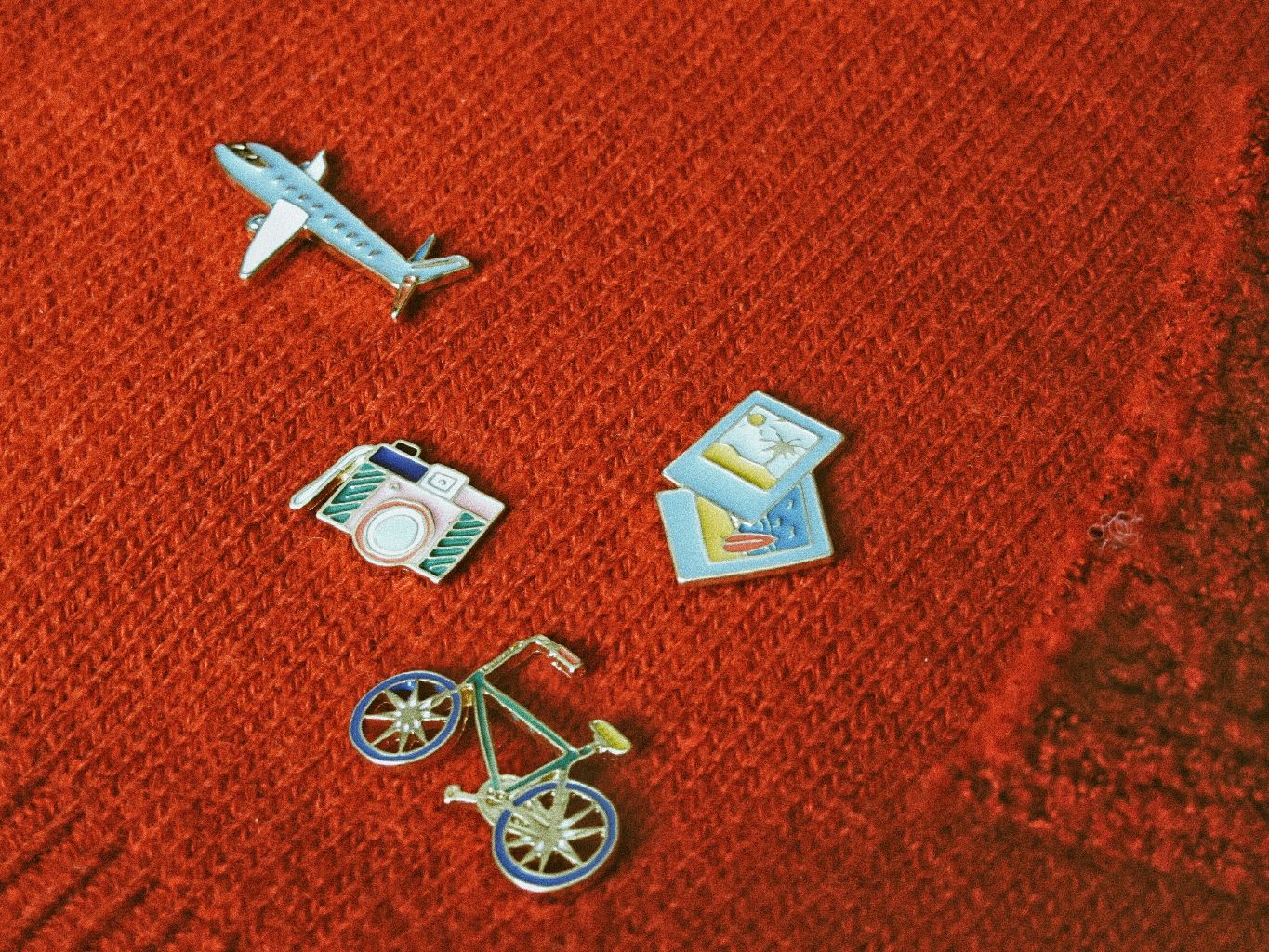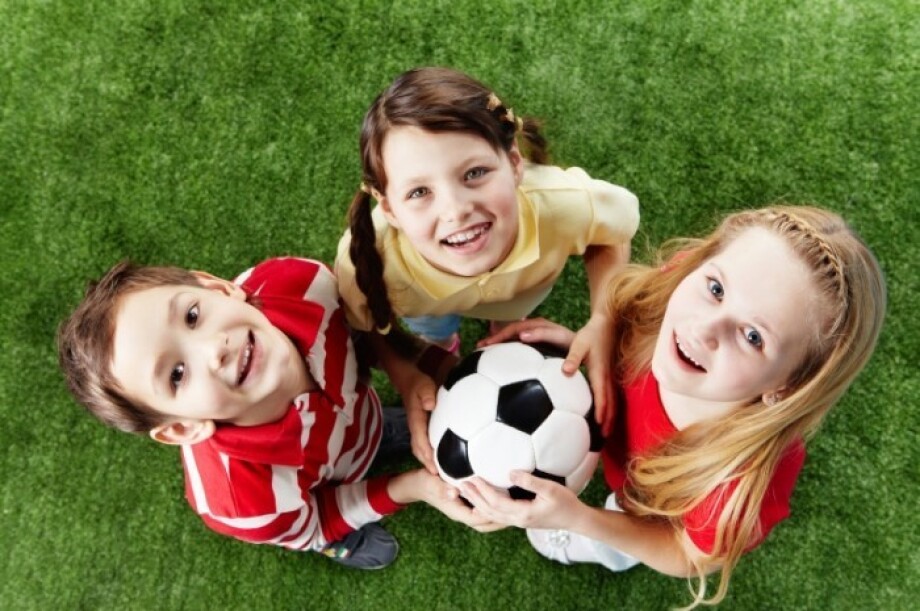English teachers often use realia in the primary school, pointing to the stationery, furniture in the class, showing parts of the body, even pointing to the blackboard. They don’t suspect that realia can create magic.
Realia are any real objects, not made for learning, although used as visual aids in the class. They seem a bit old-fashioned in our epoch of computer technologies, but what feelings they evoke in kids! Young learners get delighted by real objects in the class. Vocabulary presentation becomes more memorable, especially for tactile learners (who need to touch things). Creative tasks and role-plays have a hint of genuity.
Sometimes it is hard to bring real objects, in that case teachers use replicas — toys or copies (if it is a paper object).
Convenient topics
 Some vocabulary and grammatical topics are more “convenient” for using realia. They are Stationery, Body parts, Food, Animals, Toys, Clothes, Transport, Colours, Holidays, Prepositions, Demonstrative pronouns and others. In fact, we can use real objects in any task. They serve as symbols (a rope demonstrates the progress in the Present Continuous Tense) or as associations (show a plastic bag as an introduction to the topic “Ecological Problems”).
Some vocabulary and grammatical topics are more “convenient” for using realia. They are Stationery, Body parts, Food, Animals, Toys, Clothes, Transport, Colours, Holidays, Prepositions, Demonstrative pronouns and others. In fact, we can use real objects in any task. They serve as symbols (a rope demonstrates the progress in the Present Continuous Tense) or as associations (show a plastic bag as an introduction to the topic “Ecological Problems”).
Ideas for using realia
Introducing new vocabulary. Realia on the lesson are unexpected, that is why exciting and motivating. Students actively accept new information and remember it better with real things.

- You can put a bag on your table and let your students guess what is inside, asking questions to you.
- Draw a map and ask students to find secret things (these items will help to present new vocabulary).
- Show a set of objects on your table and cover them with a cloth. The task will be to name as many hidden objects as students can remember.
- Role-play a dialogue with a student, as if you are a shop-assistant, name vegetables or clothes on the counter, use a toy cashier-desk and toy money. Swop the roles, let other children to play.
Developing creative thinking. This skill is necessary for telling and writing interesting stories.

Prepare several objects and give your students one of the following tasks:
- investigate a crime using these things as clues,
- invent things’ new usage,
- make up a story of a journey, as if these things are souvenirs brought from it,
- make up a story about a person possessing the items,
- imagine you are on an inhabitant island and have only these things to survive, tell how you will use them,
- illustrate a story about a foreign country using authentic realia.
Using realia for routine drills. Students often get bored during repetitive tasks, so you can add realia to make them brighter.
- Throw a ball for drilling short dialogues (How are you? — I am fine, thanks).
- Pass a microphone and use an hourglass for short monologues.
- Pass a toy to the person you ask a question.
- Give stickers to assess very young learners.
Using realia at school can be restricted by a student book or discipline problems. Think over how to include bright moments in your lesson plans. Set the rules of behaviour for students and prevent overexcitement. When they get used to such tasks it will be easier to conduct a “realia lesson”.
Do you use realia in your classes? Welcome to share your ideas in the commentaries below!






 Вероника Аветисян
Вероника Аветисян 
 Маргарита Аветисян
Маргарита Аветисян 


